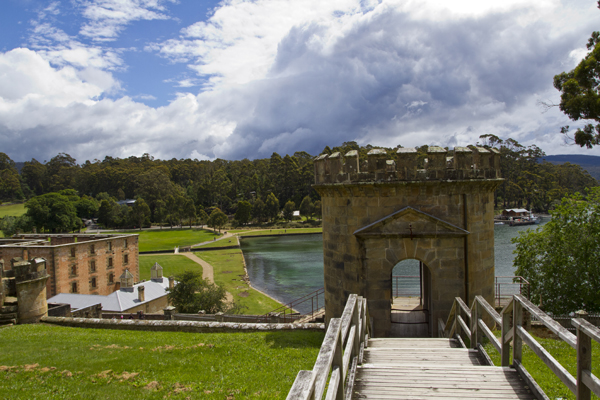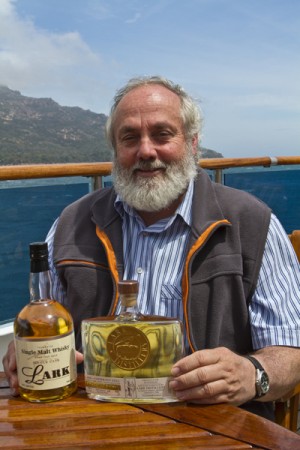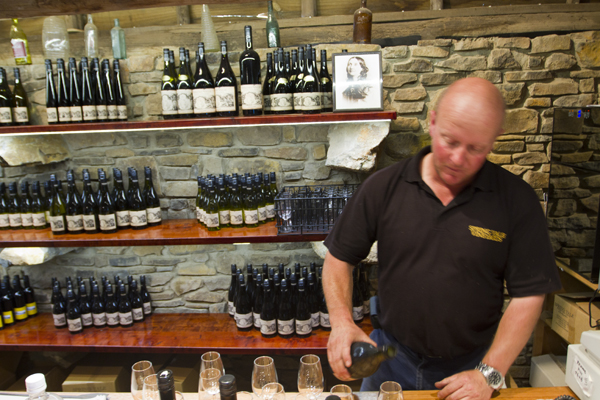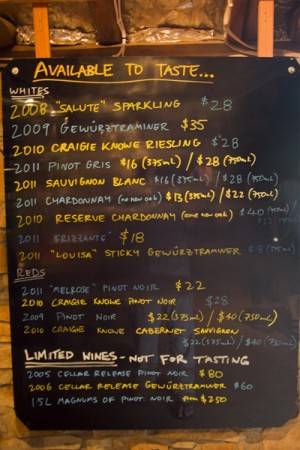The typical reaction, when I told people I was going to Tasmania, was, “Wow…Umm, where is that exactly?”
Just to be clear: Tasmania is 150 miles south of Australia. It is not a country; it is an Australian state. Like Victoria. Or New South Wales. It is the size of Ireland. Or West Virginia. Some say its profile on the map looks like a human heart. Others say it’s like an apple with a bite taken out of it.
Here’s what one Tasmanian author has written about his country: “In Tasmania the population—sometimes referred to as Tasmaniacs—was so backward and inbred that visitors were advised ‘to grow an extra head’ (in Hobart you can buy a T-shirt with a spare hole).”
This reputation, unjust, is a result of its history. There were basically three types of Brits who first came to Tasmania in the early 1800s: convicts, prison wards to guard the convicts (who were often ex-convicts), and the black sheep of British aristocracy; usually men, but sometimes women, who had made a mess of things back home or were disgraced for one reason or another and were quietly sent packing to this secret, rarely visited island, where, it was hoped, they might make a fresh start. Sometimes they did; usually they didn’t.
The most interesting Tasmanian story to me is the island’s role as a dumping ground for convicts from all the U.K. colonies. In the fifty years from 1803 to 1853 some 75,000 convicts were transported to what was then called Van Diemen’s Land. That’s a lot of convicts. Particularly when you realize that according to the census of 1847, the island’s total population was around 70,000 people; of those, it was estimated that just over 50% were, or had been, convicts.
I mention all this because this morning we dropped anchor in Port Arthur, without doubt the most notorious penal station in Tasmania if not all of Australia. From 1833 to 1877 it was used as a punishment station for repeat offenders from England, Ireland, India and Australia. They say that even today, there is an air of sadness so strong hanging over the former prison grounds that it is palpable. No doubt it will be sad. But it’s something I feel I have to experience.







Recent Comments